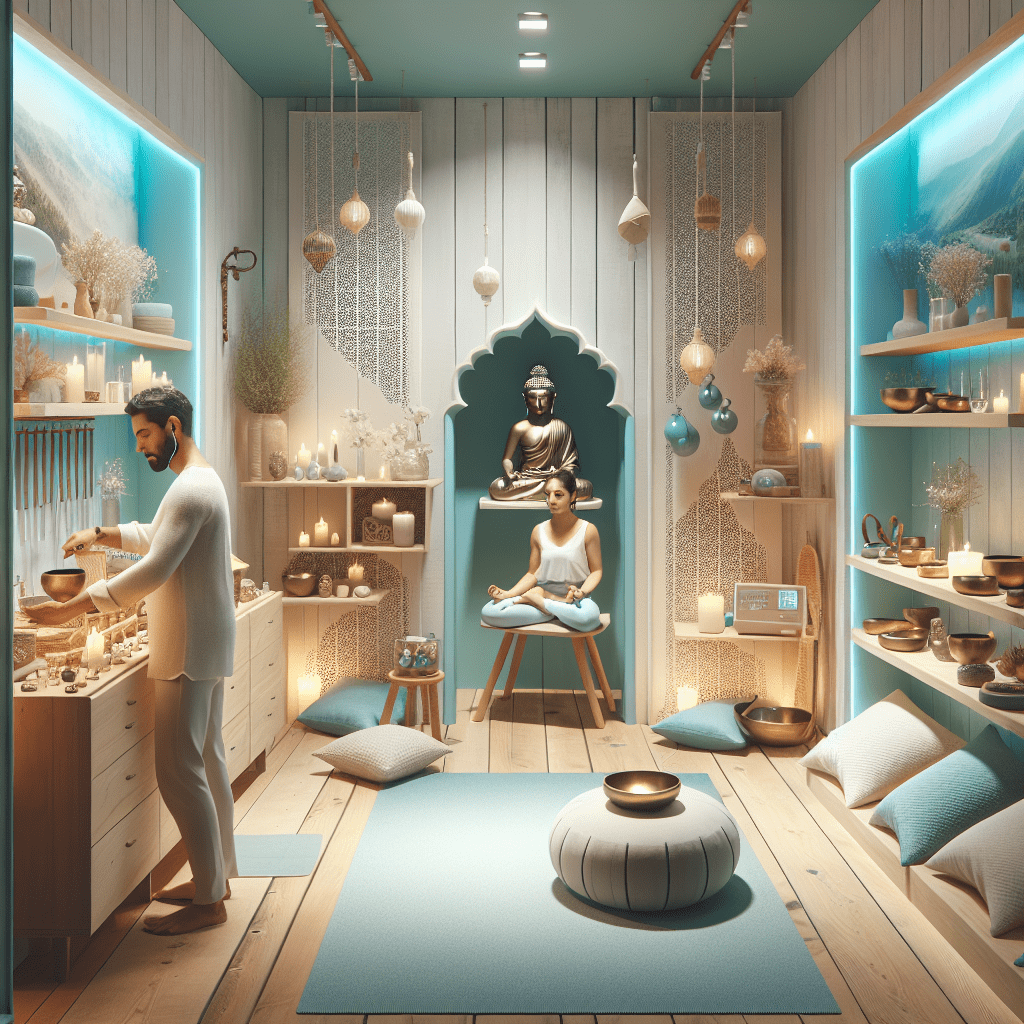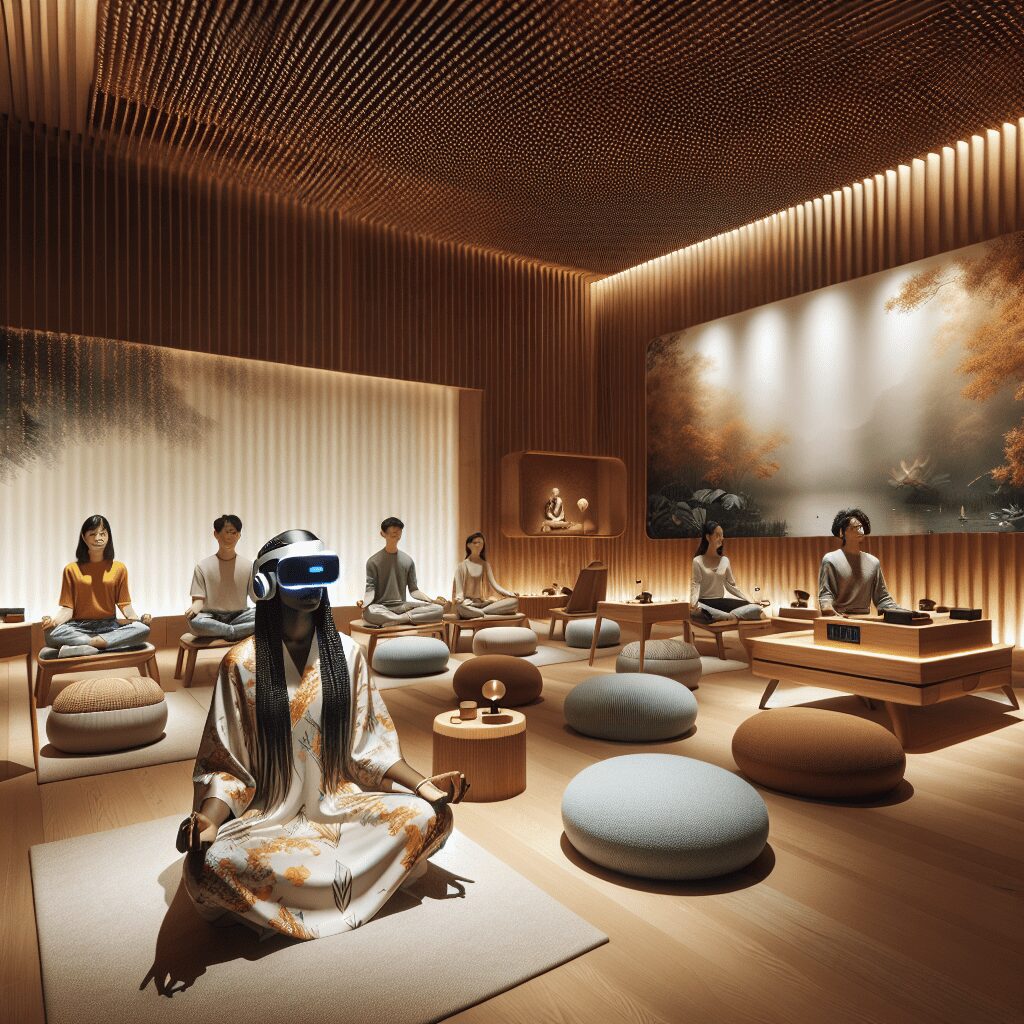
Prioritize your mental well-being daily. Enhance your life by nurturing your mental health with the Smart Meditation app. Break free from stress, alleviate anxiety, and enhance your sleep quality starting today.
What Did The First Meditation Look Like?
Tracing Back to the Roots of Meditation
Ah, meditation! That serene practice that’s become the go-to stress buster for millions around the globe. But ever pondered how it all kicked off? What did the pioneers of peace look like back in the day when “stress management” wasn’t even a blip on the radar? Well, buckle up, history buffs and zen seekers; we’re diving deep into the annals of time!
The Dawn of Tranquility
Meditation, as it turns out, wasn’t always the streamlined process we know and love today. No fancy apps, no ergonomic cushions. Think bare bones, folks. We’re talking about a time when humanity, in its eternal quest for meaning and peace, stumbled upon the golden silence of the mind.
The Ancient Epoch
Let’s wind the clock back a few millennia. Meditation predates recorded history, but the earliest written records point to the contemplative practices of India around 1500 BCE. The Vedas, a collection of ancient Indian texts, mention meditation as a means to transcendental experiences and spiritual enlightenment. Back then, it was about as grassroots as you could get. Monks and spiritual seekers would sit in nature, under the broad sky or in the tranquil depths of a forest, and dive deep into the realms of their minds.
The Zenith of Zen
Fast forward a few centuries, and meditation had begun to spread its wings. By 6th to 5th century BCE, variations of meditation had seeped into the practices of Taoism in China and Buddhism in India. Zen Buddhism, especially, brought a structured form of sitting meditation, or ‘Zazen,’ into play. The emphasis was on posture, on maintaining the lotus position, and on following the breath. The simplicity was profound; the effects, transformative.
The Global Mosaic
As centuries whirled by, meditation morphed and adapted, influenced by cultures and spiritual practices around the globe. The Islamic practice of Dhikr, involving the repetition of divine names, mirrored the mantra meditation of Hindu traditions. Christian contemplation took the faithful through the mysteries of Christ’s life, hand in hand with mindfulness.
Fast Forward to the Digital Age
So, what’s changed? At its core, not so much. The essence of meditation — quieting the mind to achieve inner peace — has remained a constant through the eons. What has evolved, however, is accessibility. Today, you don’t need to trek to a mountaintop monastery to learn the ways of introspection. From virtual classes to guided meditation apps, peace is literally at our fingertips.
So, What Did the First Meditation Look Like?
If we could hop into a time machine and zip back to the very first meditation session, we’d probably find ourselves observing an individual or a group of individuals, deeply immersed in the sounds, sights, and sensations of the natural world. No words, no instructions — just pure, unadulterated presence.
And there lies the beauty of meditation across ages — its essence never really needed the trappings of modernity. It’s always been about connecting with the profound silence within, a practice as timeless as existence itself.
Meditation, indeed, has come a long way. From those ancient, unperturbed moments of reflection beneath the sky to the digital calm we cultivate today, it’s a journey that mirrors humanity’s own quest for peace amidst chaos. And as we continue to navigate the storms of our times, the ancient wisdom of meditation shines like a beacon, promising tranquility in turbulence, silence in cacophony.





